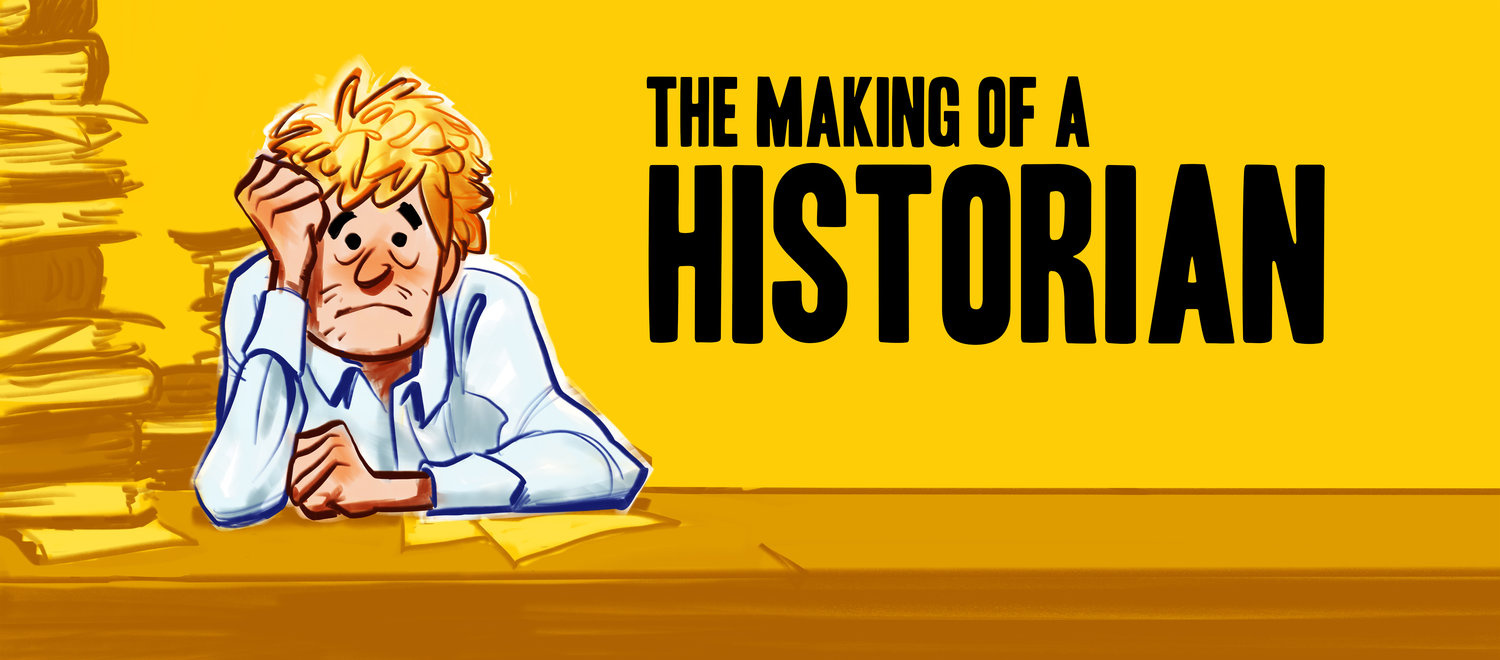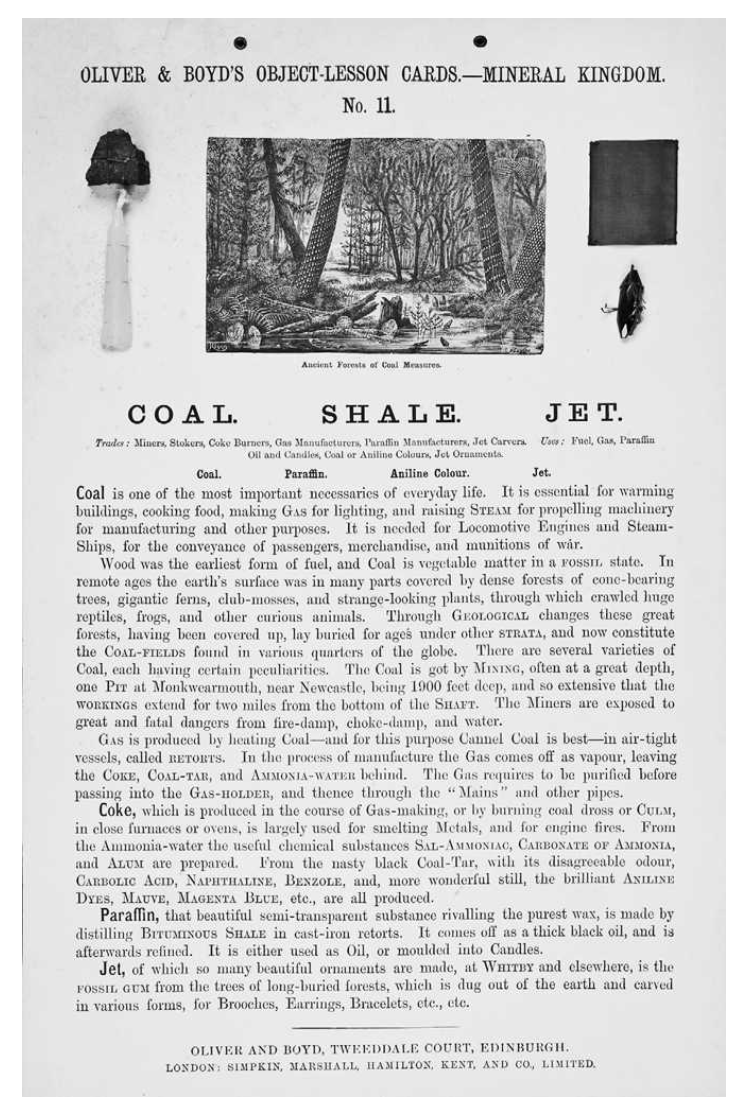If you like the show, subscribe on iTunes or Stitcher. You can now support us on Patreon! Seriously, help me buy my infant daughter new toys!
Sign up for my mailing list to get information about new podcasts, AND my published work. I recently wrote a review of Sandra Boynton’s Blue Hat, Green Hat which is (I think) pretty good.
So if you’re like me, you’ve used the phrase ‘object lesson’ to mean some kind of telling real-world example of something. The new parent waking up at 4:30 in the morning to get work done, for example, is an object lesson about the current childcare crisis. But the phrase used to mean something concrete itself: a particular kind of educational practice that put at its center a student's concrete and systematized appreciation of a physical object. A teacher would present an object—be it something everyday, like a window or a ladder, or something special like ginger, or a little classroom museum of interesting things—and then lead the students through a number of practices that allowed them to appreciate the object, first as an object, and then later, as a representative of abstract ideas. This shows a really distinctive way that 19th century Americans thought about objects, and thought WITH objects. When they saw, say, a piece of coal, they had been taught not only to appreciate the coal as an object, and describe it, but to understand it as a process of production, trade, and the economy.
Check out the University of Wisconsin’s Center for Design & Material Culture for some great online exhibitions! Like this very cool exhibition on a microbe’s-eye-view of the world.
The goal of the object lesson, in tree form. Understanding of order and of cause and effect grow out of the senses. From Sheldon, Jones and Krusi, A Manual of Elementary Instruction. (1862)
Boxes for object lessons from the 1850s.
And of course there’s an object lesson about everyone’s FAVORITE mineral, coal!
Further Reading
Sarah Anne Carter, Object Lessons
Ivan Gaskell and Sarah Anne Carter, eds, the Oxford Handbook of History and Material Culture



